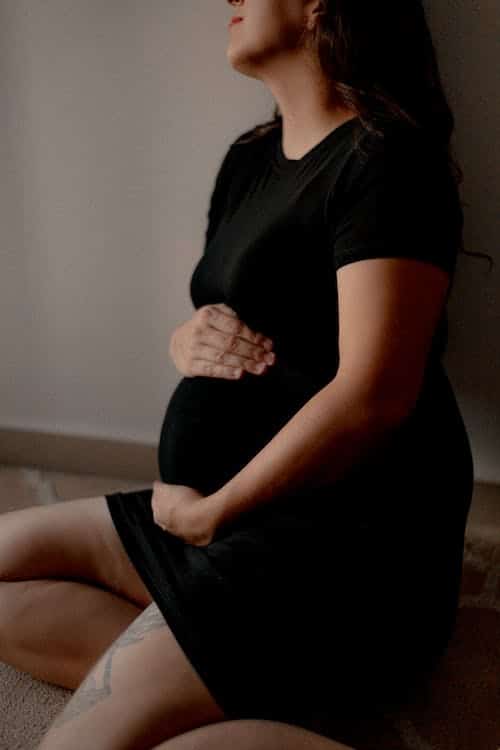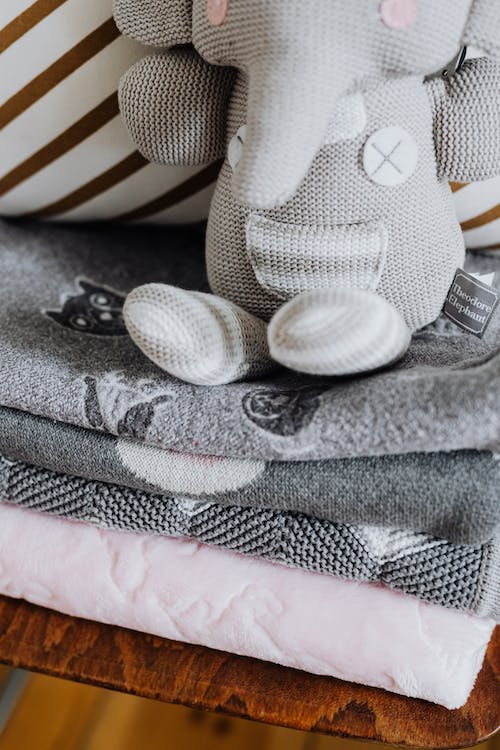
Navigating the 2nd Trimester of Pregnancy
The 2nd trimester of pregnancy marks a remarkable phase of blossoming for both expectant mothers and their growing babies. During these middle three months, your baby undergoes significant development, and you may experience unique symptoms. In this comprehensive guide, we will explore your baby’s developmental stages, common mid-pregnancy symptoms, what to expect during your visits to the OB/GYN, and essential advice for this pivotal period. Additionally, we’ll delve into what pregnancy equipment and baby products you should consider acquiring.

Baby’s Developmental Stages during 2nd Trimester
In the 2nd trimester, your baby embarks on an incredible growth spurt, and the milestones achieved during this period are nothing short of astonishing. Let’s delve deeper into the intricate stages of your baby’s development:
- Week 13-16: During this phase, your baby undergoes a significant transformation. Organs continue to develop, and their functions begin to activate. You might even have the joy of hearing your baby’s heartbeat during prenatal check-ups. Tiny facial features become more defined, and the baby starts to practice breathing movements.
- Week 17-20: In the middle of the 2nd trimester, your baby’s sense of movement flourishes. You may start feeling those delightful flutters or “quickening” as the baby kicks, turns, and stretches. The development of the musculoskeletal system allows for these graceful movements, while the eyebrows, eyelashes, and tiny fingernails make their debut.
- Week 21-24: During this period, your baby’s sensory world comes alive. Eyelids, previously fused shut, can now open and close, and the baby’s eyes are developing the ability to perceive light. Taste buds form, and while the baby’s diet is still amniotic fluid, their sense of taste begins to develop. Rapid brain development occurs, laying the foundation for future learning and cognitive abilities.
- Week 25-27: As the 2nd trimester nears its conclusion, your baby’s lungs continue to mature. While it’s not yet time for breathing in air, their lung tissues are developing in preparation for the momentous transition after birth. At this stage, the baby can also distinguish between light and dark, responding to external stimuli by blinking and reacting to bright light shone on your belly.
Common Mid-Pregnancy Symptoms
While the 2nd trimester is often dubbed the “honeymoon phase” due to increased energy, it’s not without its unique symptoms:
- Increased Energy and Mood Elevation: Many expectant mothers notice a boost in energy and an improvement in mood during the 2nd trimester. This surge is often attributed to the stabilization of hormones. It’s an ideal time to take on projects, engage in prenatal exercise, and enjoy moments of relative comfort and vitality.
- Round Ligament Pain: As your uterus expands to accommodate your growing baby, you might experience round ligament pain. These sharp, shooting pains along the sides of your abdomen are normal but can be uncomfortable. Gentle stretching exercises and applying heat or cold can help alleviate discomfort.
- Heartburn: The hormonal changes during pregnancy can relax the lower esophageal sphincter, leading to heartburn and indigestion. To manage this, consider eating smaller, more frequent meals, avoiding spicy or acidic foods, and sitting upright after eating.
- Stretch Marks: As your body adapts to your baby’s growth, you might notice skin changes like stretch marks. While these are entirely natural, keeping your skin moisturized can help minimize their appearance.
- Leg Cramps: Leg cramps and swelling can occur due to increased blood volume and pressure on your nerves. Staying well-hydrated, stretching, and gentle calf exercises can alleviate these discomforts.


OB/GYN Visits in 2nd Trimester
One of the pillars of a healthy and successful pregnancy journey is regular prenatal care. Your OB/GYN (obstetrician/gynecologist) plays a crucial role in monitoring both your well-being and the development of your growing baby. Here’s a more in-depth look at what to expect during these essential visits throughout the 2nd trimester:
1. Monthly Check-Ups: During the 2nd trimester, you will typically have monthly appointments with your OB/GYN. These regular check-ups are vital for tracking your baby’s growth, assessing your overall health, and addressing any concerns you may have. Your healthcare provider will measure your belly, monitor your weight gain, and check your blood pressure.
2. Glucose Screening: Sometime between weeks 24 and 28 of your pregnancy, you’ll undergo a glucose screening test. This test helps identify gestational diabetes, a condition that can affect some pregnant women. After fasting for a specified period, you’ll drink a sugary solution, and your blood will be tested to determine how efficiently your body processes glucose. If the results indicate a potential issue, further testing may be recommended.
3. Anatomy Ultrasound (Anomaly Scan): Around the midpoint of your pregnancy, usually at week 20, you’ll have an anatomy ultrasound. This detailed ultrasound provides a comprehensive view of your baby’s anatomy, ensuring that all organs and structures are developing as expected. The sex of your baby can also be determined during this scan if you wish to know. This appointment is often an exciting moment for expectant parents as you get a clearer glimpse of your little one.
Preparing for Parenthood: Essentials in Pregnancy and Baby Products
As you journey through the 2nd trimester, it’s not only the growth of your baby that requires attention; it’s also time to start thinking about the practical aspects of parenthood. Here, we delve into the intricacies of what pregnancy equipment and baby products you should consider acquiring to ensure a smooth transition into this new chapter of your life.
1. Maternity Clothes: With your belly expanding and your body changing, investing in a comfortable and versatile maternity wardrobe is a smart move. Think beyond just stretchy pants; consider supportive bras, loose-fitting tops, and dresses designed to accommodate your growing bump. Quality maternity wear ensures both style and comfort during this transformative period.
2. Baby Gear: Start researching and acquiring the fundamental gear that will become staples in your baby’s daily life. This includes:
- Crib or Bassinet: Invest in a safe and sturdy crib where your baby will sleep. Look for one that meets safety standards, has adjustable mattress heights, and complements your nursery decor.
- Stroller: Select a stroller that aligns with your lifestyle. Consider factors like terrain, maneuverability, and adaptability (e.g., whether it can accommodate a car seat).
- Car Seat: Safety is paramount when it comes to car seats. Ensure it meets safety regulations and can be properly installed in your vehicle. Some models can also be converted into infant carriers.
- Baby Monitor: A baby monitor provides peace of mind by allowing you to keep an eye and ear on your little one while they sleep. Consider whether you prefer audio-only or video capabilities.
3. Baby Essentials: Stocking up on essential baby items will make those early days with your newborn more manageable. These include:
- Diapers and Wipes: Whether you opt for disposable or cloth diapers, having an ample supply is crucial. Also, stock up on gentle baby wipes for diaper changes.
- Baby Clothes: Purchase a variety of baby clothes in different sizes, as your little one will grow quickly. Look for soft, comfortable fabrics that are easy to put on and take off.
- Bottles and Formula (if applicable): If you plan to bottle-feed, invest in a set of baby bottles, nipples, and a formula dispenser. Research different formulas if you won’t be breastfeeding.
- Diaper Bag: A well-organized diaper bag is a parent’s best friend. Choose one with compartments for diapers, wipes, bottles, and other essentials, making outings with your baby more convenient.
4. Parenting Books and Resources: Knowledge is key to feeling confident as a parent. Start reading parenting books and online resources about childbirth, baby care, and parenting techniques. Consider enrolling in parenting classes or workshops to enhance your skills.
5. Nursery Decor and Furniture: Begin setting up your baby’s nursery, considering items like a changing table, baby dresser, and soothing nursery decor. Create a cozy and safe space where you and your baby can bond and relax.
By gradually acquiring these items during your 2nd trimester, you spread out the financial investment and reduce the stress of last-minute shopping. Remember that every family’s needs are unique, so tailor your purchases to your lifestyle and preferences. The more you prepare, the more confident and relaxed you’ll feel as you approach the arrival of your precious little one.
